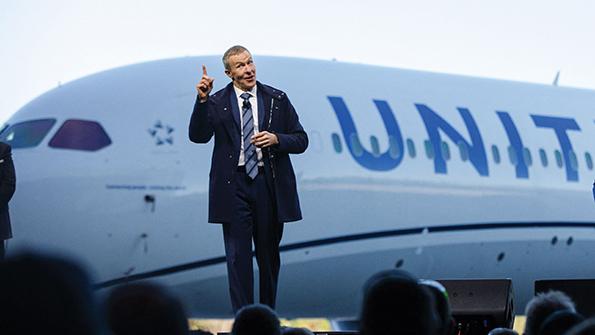
Credit: Logan Cyrus/AFP via Getty Images
"United is a four-year-old startup embedded inside a 98-year-old airline.” United Airlines CEO Scott Kirby says. That “startup” launched on Feb. 29, 2020, when the coronavirus showed up in Italy. “I got on the phone with our CFO that day and said, ‘This is a global pandemic. Let’s go raise money.’”...
CEO Scott Kirby Has Big Plans For United Airlines is part of our Air Transport World subscription.
Subscribe now to read this content, plus receive full coverage of what's next in air transport from the experts trusted by the global air transport community. Every article focuses on what airline management professionals need to run their airline, including crucial analysis and insights in financing, airframes and engines, environmental and regulatory pressures and much more.
Already a subscriber to ATW or an AWIN customer? Log in with your existing email and password.





